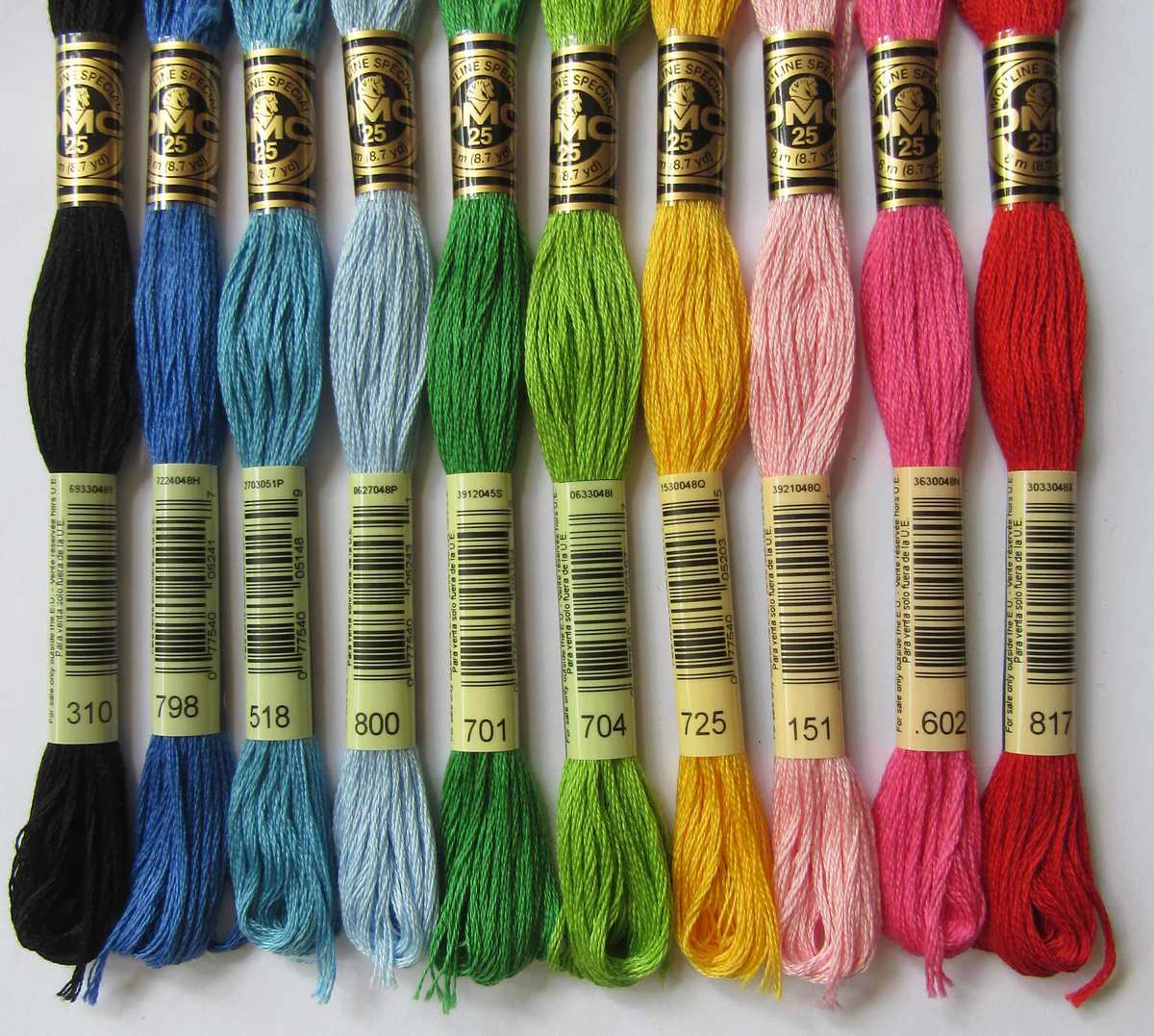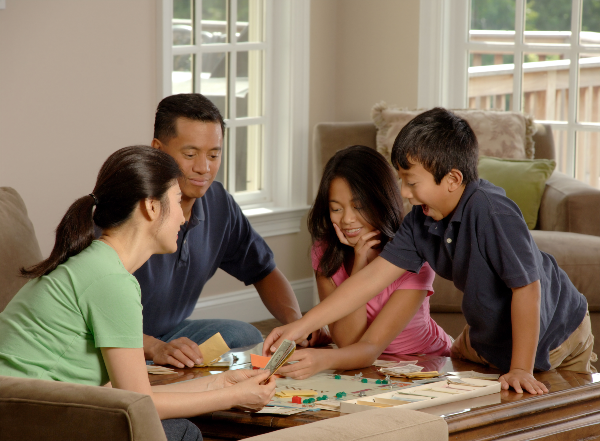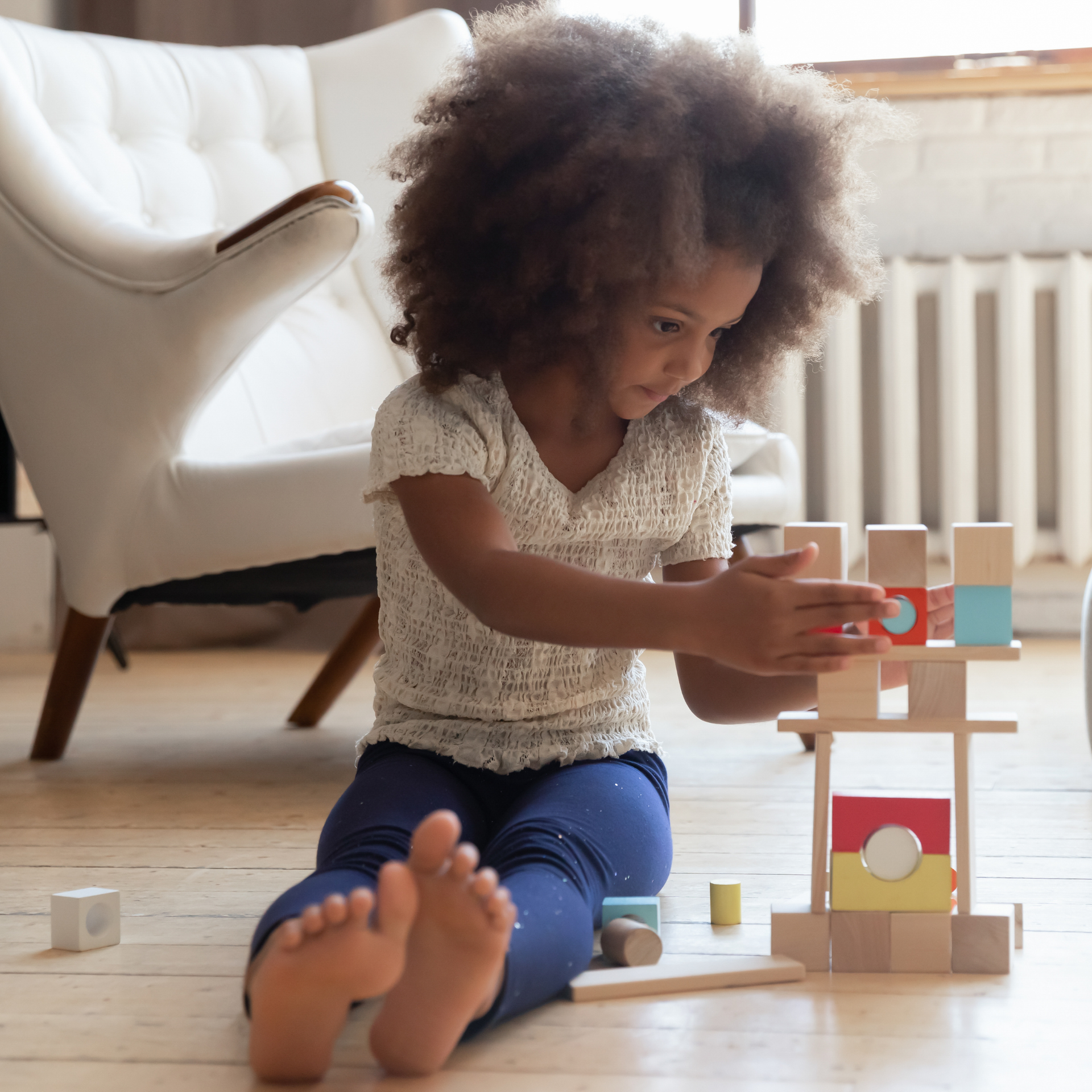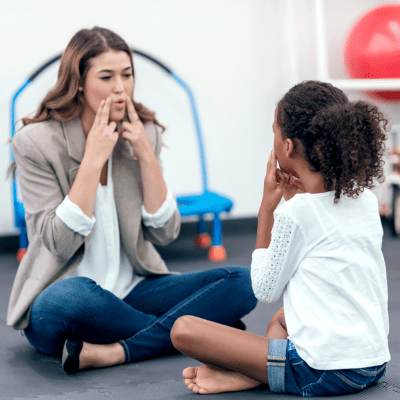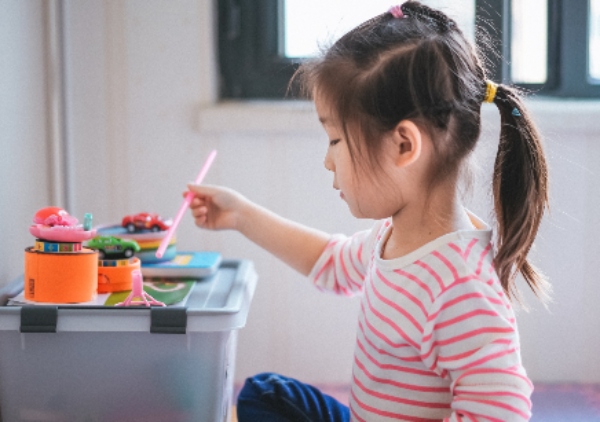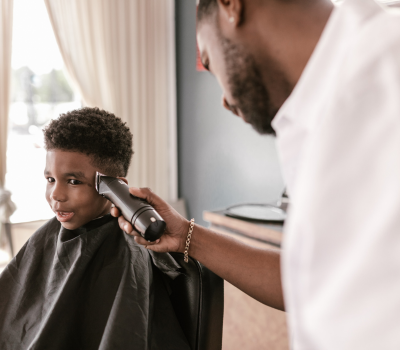Helping your child learn to complete multiple-step tasks independently is an essential life skill that fosters self-reliance and confidence. From dressing and grooming to cooking and household chores, these tasks can be broken down into manageable steps to make learning more accessible. This guide will walk you through the process of teaching multiple-step tasks, from preparation to data collection, ensuring your child achieves success.
What Are Multiple-Step Tasks?
Multiple-step tasks are activities that require completing a sequence of actions. Examples include:
- Dressing (e.g., putting on a shirt)
- Grooming (e.g., brushing teeth, washing face)
- Household chores (e.g., washing clothes)
- Cooking (e.g., making a sandwich or snack)
- Leisure activities (e.g., playing a video game or completing a puzzle)
Each task involves several steps that can be taught systematically to help your child gain independence.
Preparing to Teach Multiple-Step Tasks
1. Break the Task Into Steps
Start by identifying all the steps involved in the task. For instance, making a sandwich could include:
- Get a plate.
- Gather turkey, mustard, bread, and a knife.
- Spread mustard on one slice of bread.
- Add turkey and top with another slice of bread.
- Put away ingredients and clean up.
If your child struggles with certain steps, break them down further. For example, washing their face might include separate steps for applying soap to specific areas (forehead, cheeks, nose, etc.).
2. Gather Materials
Ensure all necessary materials are accessible and consistently stored in the same location. For example, if teaching your child to wash their face, keep the face wash on the same shelf in the bathroom cabinet. This consistency helps your child locate items independently.
Teaching Multiple-Step Tasks
1. Create a Visual Guide
Turn the list of steps into a format your child can follow:
- Use written instructions for readers.
- Use pictures or symbols for non-readers.
- For younger children, consider using a binder with one step per page.
Place the guide where the task is performed (e.g., tape it to the bathroom mirror for washing face). If this isn’t possible, teach your child to retrieve the guide before starting.
2. Teach Each Step
 Use physical prompts to guide your child through each step:
Use physical prompts to guide your child through each step:
- Stand behind them and use hand-over-hand assistance if needed.
- Gradually reduce assistance as they become more confident (e.g., move from hand-over-hand guidance to just standing nearby).
Encourage your child to check off each completed step on their list using a marker or magnet.
3. Minimize Verbal Cues
Limit verbal instructions to promote independence. The goal is for your child to rely on the visual guide rather than your directions.
Fading Prompts for Independence
To foster independence, gradually fade prompts over time:
- Start with hand-over-hand guidance.
- Move to less intrusive prompts like touching their shoulder or standing nearby.
- Increase distance until they no longer need your presence.
Track progress by noting which prompts are used for each step and adjust as needed.
Collecting Data and Measuring Progress
1. Why Collect Data?
Data helps you track your child’s progress and identify areas where they may need extra support.
2. How to Collect Data
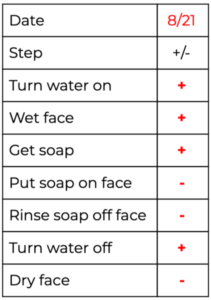 Use the same step-by-step guide you created for your child:
Use the same step-by-step guide you created for your child:
-
Mark a “+” for independently completed steps.
-
Mark a “–” for steps requiring assistance.
Collect data every 3–5 practice sessions to assess progress without interfering with learning.
3. Identifying Mastery
Calculate mastery by dividing the number of independent steps by the total number of steps and multiplying by 100. For example:

Set appropriate accuracy goals based on the task. Hygiene tasks often require 100% accuracy, while leisure activities may allow for some flexibility (e.g., 80–90%).
Promoting Independence Through Practice
Teaching multiple-step tasks takes patience and consistency. By breaking tasks into manageable steps, using visual guides, fading prompts, and tracking progress, you can help your child develop essential life skills that build confidence and independence.
If you’d like additional support or resources, check out our blog on teaching handwashing or sign up for our workshops designed to help parents teach independence effectively!
Ready to start services? Contact us today!


